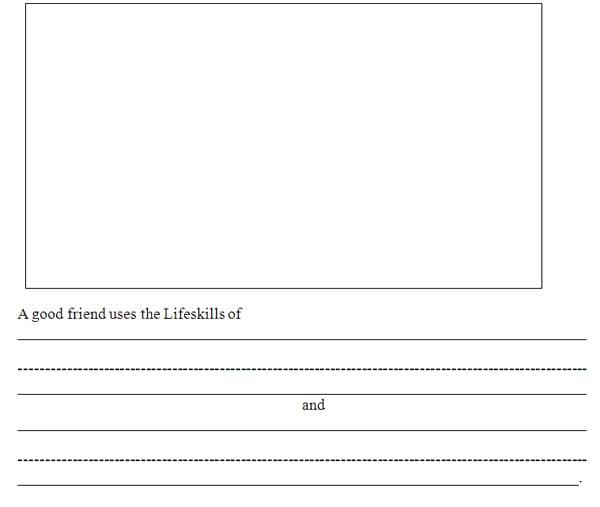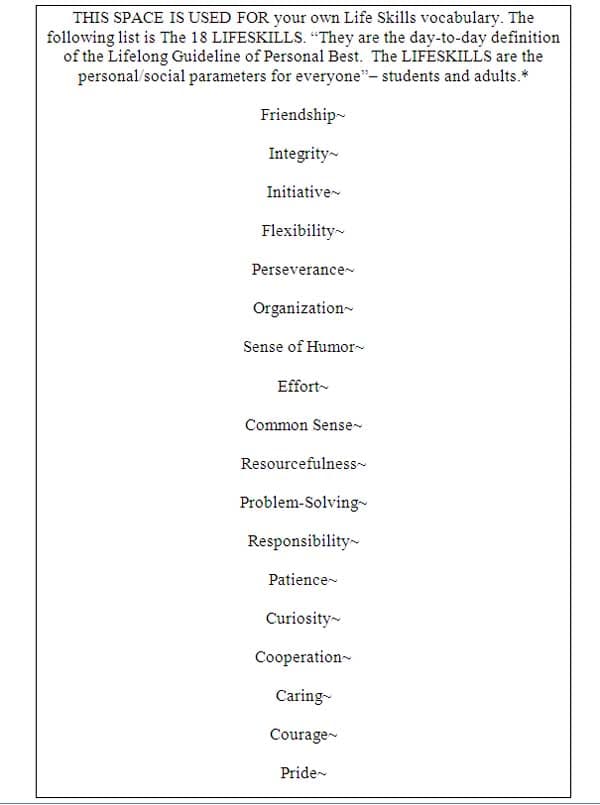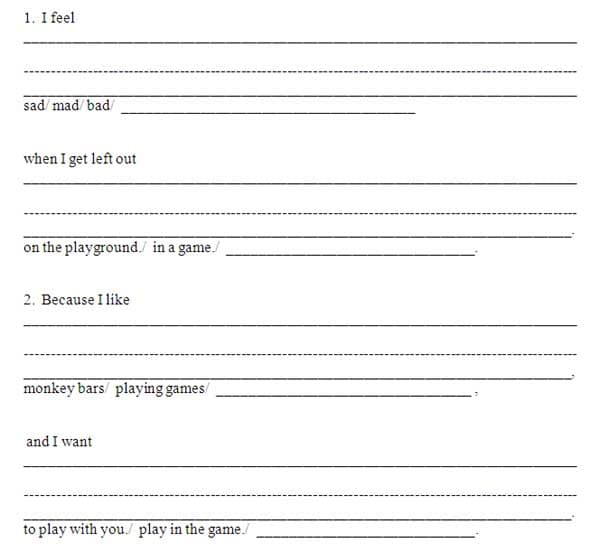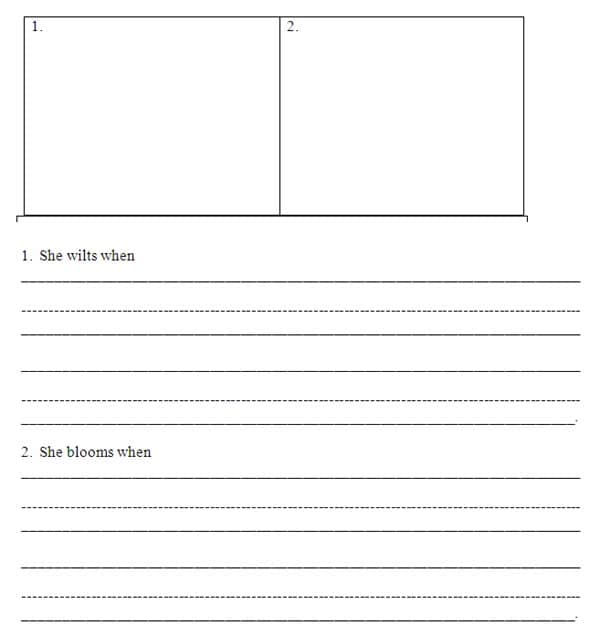Appendices
Dear First Grade Family Members, August/September, 2012
WE ARE THE TEAM!
It is my strong belief that a student is not successful without the help of a team – which translates to teachers, staff, and especially family members. Family members who are active participants in their child's academic career (primary – secondary) encourage students to be dynamic scholars who take responsibility for their learning. Developmental psychologists share that self-discipline and not IQ is one of the most important factors for academic success (1). Family members who model behaviors to help their child become successful self-disciplined scholars lay a strong foundation for their child's future success as an active world citizen. (So, primary caretakers are crucial and valued role players in their child's academic and social development!)
WHAT WOULD FERDINAND DO? HOW WOULD I TREAT CHRYSANTHEMUM? WHAT WOULD MLK DO?
Our Fictional and Real-Life Teachers
In the beginning of our school year students will be introduced to two non-violent fictional characters, Ferdinand, a bull, in the narrative The Story of Ferdinand and Chrysanthemum, a mouse, in the narrative Chrysanthemum. After sharing the stories of Ferdinand and Chrysanthemum, we will read together the realistic fiction book called, Say Something, which encourages the students to ask the question, "Is it okay to stand by and watch and not do anything about bullying?" We will then learn about a time in Dr. Martin Luther King, Jr.'s childhood when he was bullied by a classmate and how he handled the situation.
All students will explore their belief systems of friendship, caring, and non-violence; connect to the characters in the stories and produce reflections and personal advice/feedback to the characters as well as to each other through a series of classroom activities: discussion, drawing and writing assignments, and student-created "I Statements" skits. There will already have been multiple discussions about what makes a good friend and a good scholar by the time we start reading the stories. A fantastic friend and superb scholar accept other people's differences without exclusion and put-downs. We will, instead, include and pull-up our peers. This is a wonderful complement to our DNA programming of being a cooperative species (2).
WHAT WOULD MY PARENTS DO? WHAT WOULD I DO?
Family Members as Teachers – Our Children Will Do What We Do, Not What We Say to Do
One of the most important activities that family members will be participating in is the enclosed take-home Family Member Interviews Activity. It is important that students have an opportunity to interview at least three members from three different generations (If family members are far away, students may conduct an interview by phone.)
The enclosed Family Member Interviews Activity describes in detail what's required for the students to complete the activity. This activity is due by __________________. Please take the time to complete this activity with your child.
Students will have an opportunity to present their completed activity in class. We will have students share at certain times during the week. If you have any questions or comments please feel free to contact me about this project. I look forward to our communication and correspondence.
Warm regards,
Your Name Here
Add YOUR SCHOOL MISSION STATEMENT Here:
1. Bronson, Po, and Ashley Merryman. NurtureShock: New Thinking About Children. New York: Twelve, 2009.
2. de Waal, Frans B.M.. "The Antiquity of Empathy." Science 336, no. 6083 (2012): 874-876.
First Grade/Family Members Interviews Activity/A Good Friend
Name:_______________________ Date:_______
Directions:
In the next two weeks ask at least THREE different family members about their friendships when they were little.
WHO TO ASK:
1. grandparent/great aunt/uncle,
2. parent/guardian/aunt/uncle and
3. sister/brother/cousin
WHAT TO ASK:
"What makes a good friend?"
WHAT TO BRING (optional):
A photo of a family member and his/her friend –label the envelope on the outside with student's name, family member's name and family member's friend's name.
Draw a picture of one of your family members being a good friend to his/her friend. Choose two Lifeskills from the word bank to complete the sentence. Write in the period (.) at the end of the sentence. Read the sentence.


*Susan Kovalik and Karen D. Olsen, Exceeding Expectations: A User's Guide to Implementing Brain Research in the Classroom -Glossary, X.4
First Grade Writing/"I Statements"/Use after the song, "Conflict Resolution"
Name:___________________Date:_____
Directions: Finish the two "I" sentences. Choose the words from the word bank or make up your own. Write in the period (.) at the end of the sentence. Read the sentences to your partner.
Example:
I feel sad when I get left out in a game.
Because I like tag too, and I want to play with you.
Your turn:

First Grade Writing/Chrysanthemum/Wilt/Bloom
Name:___________________Date:_____
Directions: In the first box draw a picture when Chrysanthemum wilted in the story. In the second box draw a picture when Chrysanthemum bloomed in the story. Write a sentence to go along with your pictures. Write in the period (.) at the end of the sentences. Read the sentences.

Senaida Keast
January 24, 2018 at 5:20 pmhttps://pussyquick.com
Thanks for the post i've been teaching for years with children with disabilities and i'm still learning myself. Keep up the posts and i will continue to learn :)

Comments: